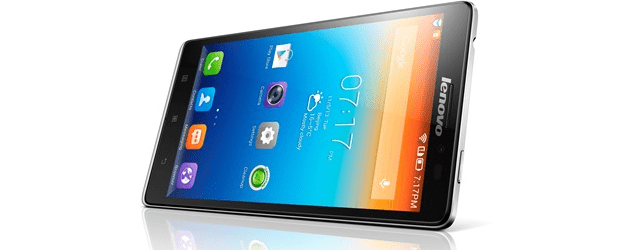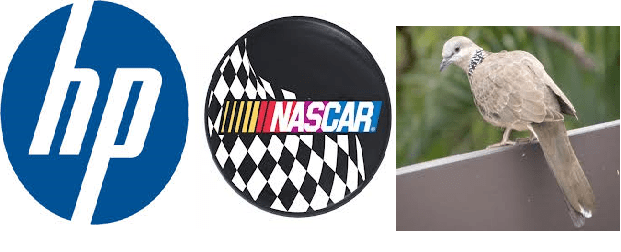When I saw the term Fog Computing I immediately thought this is a gimmick. But it came from Cisco Systems and gimmicks are not in its DNA.
According to Cisco, Fog Computing is a paradigm that extends the cloud services to the edge of the network. Fog intends to provide data, compute, storage, and application services to end-users. What makes Fog different from cloud computing is its proximity to end-users and its dense geographical distribution for mobility solution.
Fog was brought to the attention of Cisco by one of its Fellows, Flavio Bonomi. Bonomi admits that he is a “trouble maker.” The question channel partners should ask themselves is if Fog is worth the trouble?
Bonomi calls it Fog Computing only because it’s similar to cloud computing — just lower to the ground.
In a video Bonomi says that Fog Computing brings about real time response and can control critical resources such as energy, traffic, and healthcare. One of the case examples he puts forth is how Fog Computing improves parking spaces. In a nutshell, a sensor is embedded in each parking space and that would indicate to people if that spot is available.
Does this sound more or less like the Internet of Everything? It sure does to me. When I first learned of the Internet of Everything one of the more interesting use cases company CEO John Chambers talked about was sensors one day informing smart cars on the best available parking spot. Chambers said that the people of Paris, France spend three to five years of their life driving around trying to find a parking spot.
According to Bonomi, the cloud and Fog Computing just as in nature are very similar with elements such as storage and networking.
Some of the benefits of Fog Computing is that it reduces service latency and improves QoS because the services are hosted at the network edge or even end devices such as set-top-boxes or access points.
“What we are learning from the cloud will have to be brought out into the embedded world, into the machines, into the edge of the network, into our homes, into our buildings,” he said in the video.
This is what Bonomi means about being lower to the ground. Fog devices can be geographically distributed over heterogeneous platforms, spanning multiple management domains.
One of the more important things Bonomi said was that people need to have courage to make something like Fog computing or the Internet of Everything possible. And, I think this is true. Things such as corn connected to the Internet or sensors sewn into a t-shirt to help monitor heart patients is beyond the scope of most people’s imagination.
For Fog Computing and the Internet of Everything to work it will require a big leap of faith from people.
Currently, 99.4 per cent of physical objects that may one day be part of the Internet of Everything are still unconnected.
With 67,000 channel partners on board Cisco is in a good spot to go after this huge market opportunity. Cisco has pegged the Internet of Everything to be a US$14.4 trillion profit opportunity. The company is already integrating and getting partners ready with its smart grid, smart buildings, connected healthcare and smart factories initiatives. But without that leap of faith from the marketplace who knows how long it might take?
Cisco has gone public in its interest in viewing new proposals on Fog Computing scenarios along with sensors, and data analytics. The networking giant is also interested in proposals that facilitate service mobility across platforms, and technologies that preserve end-user and content security and privacy across domains.
One quick hit before I go: Gigamon announced the appointment of Paul Milbury to its board of directors. He has also been appointed as a member of the company’s Audit Committee.




